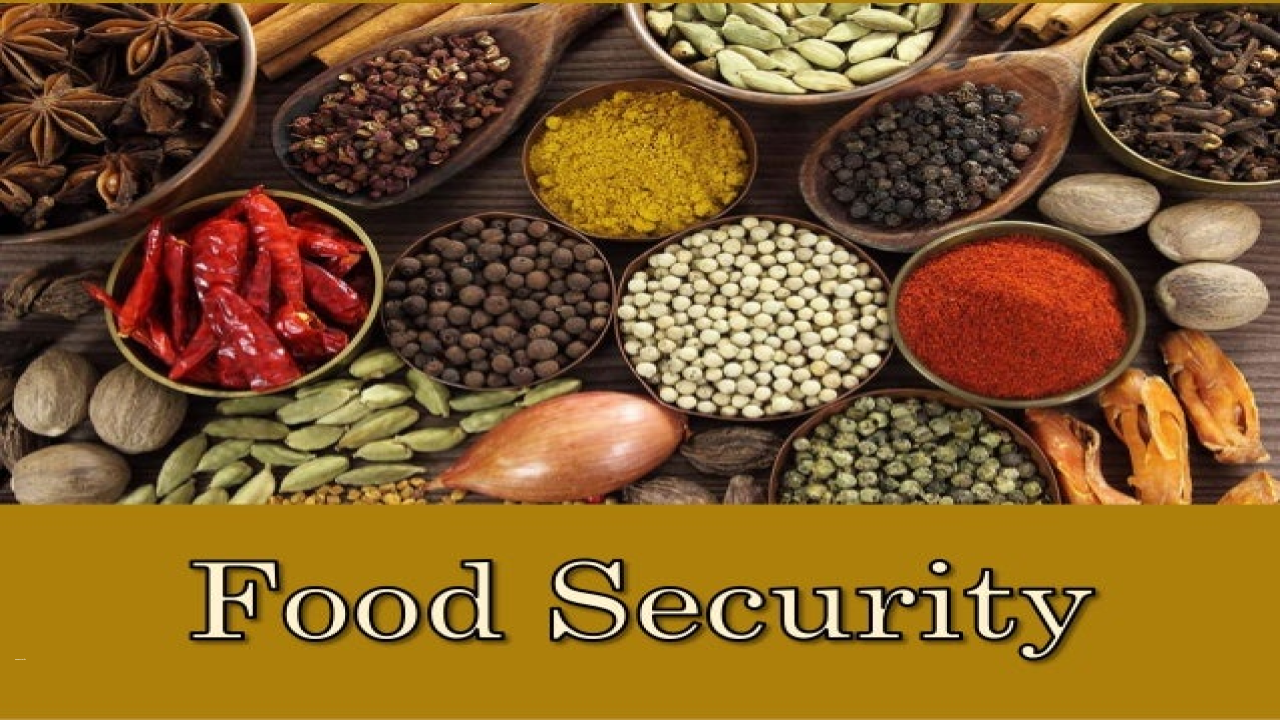Food Security
Food security refers to the state of having access to safe and nutritious food at all times. Achieving food security is critical for promoting health, reducing poverty, and ensuring sustainable food systems. However, food security remains a significant challenge for many communities around the world, particularly in developing countries.
Meaning of Food Security
Food security refers to the state of having access to safe and nutritious food at all times. Food security encompasses four key dimensions: availability, access, utilization, and stability. Availability refers to the availability of sufficient quantities of food, while access refers to the ability to obtain food through purchase, production, or transfer. Utilization refers to the ability to use food effectively, including proper storage, preparation, and nutritional value. Stability refers to the ability to maintain food security over time, including in the face of shocks and stresses such as economic or environmental crises.
History of Food Security
The concept of food security emerged in the early 1970s, in response to concerns about global food crises and hunger. The first World Food Conference was held in Rome in 1974, which focused on the need to increase global food production and improve access to food. Since then, food security has become an increasingly important issue, particularly in the context of global development and poverty reduction efforts.
Types of Food Security
- National Food Security: National food security refers to the ability of a country to ensure that its citizens have access to safe and nutritious food at all times.
- Household Food Security: Household food security refers to the ability of individual households to access safe and nutritious food at all times, regardless of their income or other socioeconomic factors.
- Individual Food Security: Individual food security refers to the ability of individuals to access safe and nutritious food at all times, regardless of their income or other socioeconomic factors.
Examples of Food Security
- Brazil’s Fome Zero Program: Brazil’s Fome Zero Program is a national food security initiative aimed at reducing hunger and poverty. The program includes a range of measures, including cash transfers, food assistance, and support for small-scale farmers.
- Africa’s Great Green Wall Initiative: The Great Green Wall Initiative is a pan-African initiative aimed at combating desertification, improving food security, and promoting sustainable land use practices. The initiative aims to plant a belt of trees across the continent to help combat soil erosion and improve soil fertility.
Issues in Food Security
- Environmental Impacts: The production, distribution, and consumption of food can have significant environmental impacts, including deforestation, soil erosion, and greenhouse gas emissions.
- Social Inequality: Food security is often linked to social inequality, with marginalized communities and individuals experiencing greater levels of food insecurity and malnutrition.
- Economic Impacts: Food security can have significant economic impacts, including reduced productivity, increased healthcare costs, and lost economic opportunities.
Strategies for Achieving Food Security
- Promoting Sustainable Agriculture: Promoting sustainable agriculture is critical for addressing the environmental and social impacts of food production. This includes promoting sustainable farming practices, reducing food waste, and supporting local food systems.
- Supporting Vulnerable Populations: Supporting vulnerable populations is critical for addressing social inequality and promoting food security. This includes providing food assistance, promoting policies that support small-scale farmers and local food systems, and promoting access to education, healthcare, and other resources.
- Investing in Research and Development: Investing in research and development is critical for addressing the challenges facing global food security. This includes investing in new technologies and approaches to food production and distribution, promoting innovation in agricultural practices, and supporting research on the impacts of climate change on food security.


